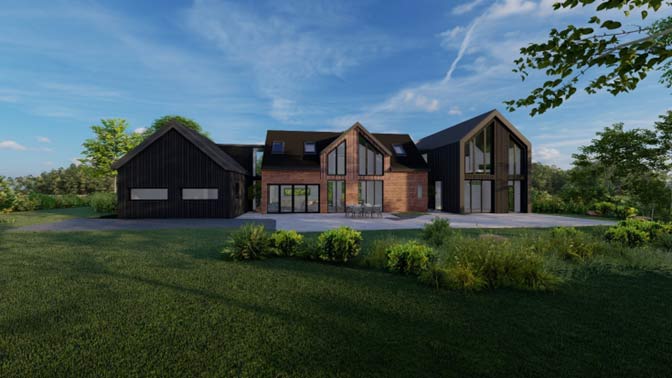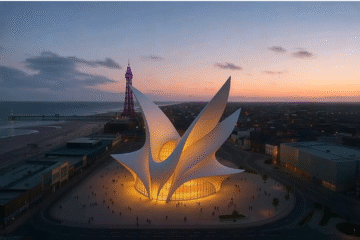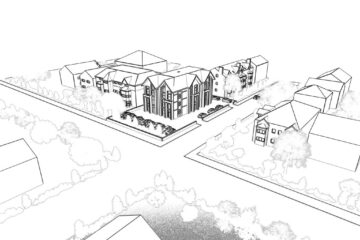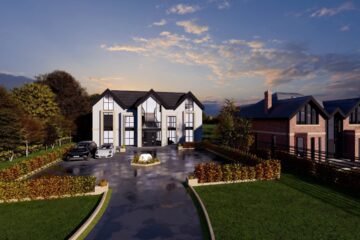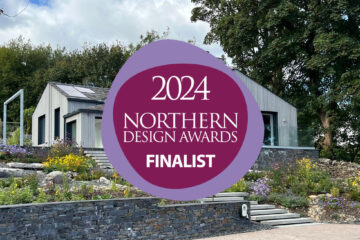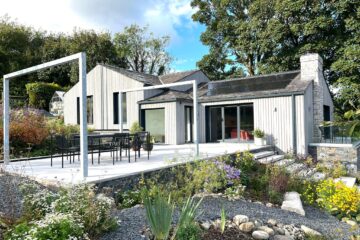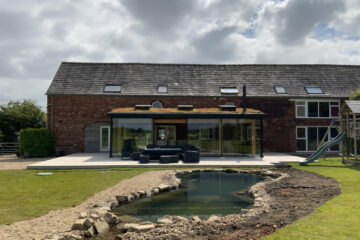What Is A Passive House
Passive homes have minimum requirements that must be achieved on space heating and cooling, airtightness, thermal comfort, and primary energy sources which although initially costs more to achieve in the construction phase, over time it can save up to 85% on energy bills making it a worthwhile investment. They also allow for heating and cooling-related energy savings of up to 90% compared with typical buildings and over 75% compared to carbon-neutral houses.
Difference Between Passive House And Net Zero Carbon Neutral Home
The main distinction between passive and net-zero carbon homes is the solar, insulation, and air sealing requirements considerably reduce the building's energy requirements to the point where very little solar energy is needed to reach requirements. Net-zero homes, on the other hand, have looser requirements and might need additional solar energy to reach zero.
Passive homes are different from carbon-neutral or Net-zero carbon homes as their requirements are easier and cheaper to achieve throughout the construction process. Although they both focus on energy efficiency, a carbon-neutral property is about creating as much energy as it consumes while a passive house is focused on lowering its total use of energy consumption, while generating more.
What Are The Benefits Of A Passive House?
A passive house offers comfortable and modern living in a home that is heated primarily by the sun. There are no cold spots or cool drafts, no temperature variations and amazingly little or no heating or cooling bills. This may sound too incredible to be true, however, this is exactly what passive homeowners enjoy in a passive house.
Here are the top 10 benefits from living in a passive home.
1. Lower Energy Bills & Big Savings
Passive house design eliminates the need for traditional heating systems and importantly makes paying high energy bills for gas and oil to heat or cool your property, a thing of the past.
2. Better Indoor Air Quality & Less Cleaning
Passive homes use mechanical ventilation systems that effectively replace stale, humid, or polluted air with fresh outdoor air. The airtight design of these types of homes means cleaner air quality with less cleaning.
3. Improved Interior Comfort
The difference between the overall indoor temperature remains constant with little variation or drafts. This is because passive house design includes superior high-performance windows and ventilation systems that make the interior of a property quiet, and evenly ventilated with an extremely low humidity level.
4. Construction Durability & Quality
A passive house must meet highly stringent design and building standards, part of that is the use of high-spec materials which means a home is almost maintenance-free as there are fewer moving parts that would normally require constant attention and repair. The absence of cold and damp spots creates a more durable building.
5. Peaceful & Quiet Interior Living
Passive houses include high-performance windows and heavily insulated doors that greatly reduce outside noise as does modern ventilation systems and central heat exchanger used in passive house design.
6. Value For Money
The initial cost of building a passive home is undeniably higher although any cost will be offset by huge savings on utility bills and maintenance. This is combined with the all-important eco-friendly nature of these types of buildings that can only help reduce a homeowner's carbon footprint in the future.
7. Reduced Outside Power
Although a passive is not completely self-sufficient and does not reduce your need to use some outside energy resources, it will greatly reduce your reliance on gas, electricity, and oil, and this can ony be positive as we confront an uncertain energy future.
8. Tax Credits & Incentives
In many cases, you may be liable for a tax credit or other financial incentive when you decide to build a new passive house or upgrade your existing home to meet passive house standards.
Passive House Design Standards
Part L of HM Government Building Regulations 2010 is getting more stringent and has recently been revised to implement higher-performing new build dwellings. We can assist with designing your new build development to exceed the latest minimum requirements meeting the latest passive house standards.
A Home Of The Future
With global attention focus sharply focused on climate control along with the rising costs of energy, the use of passive houses has never been more relevant and important in today's society.
The high quality in design and materials used in passive homes can only provide long-term benefits to homeowners and the environment.
Contact Us
Please free to contact us for more information if you are thinking of building a passive home or updating your existing property to passive house standards.



